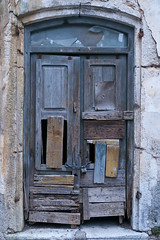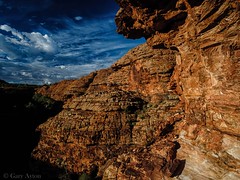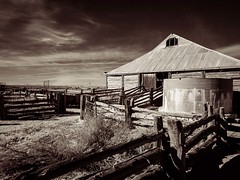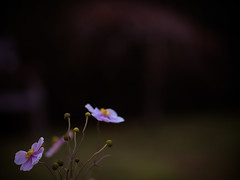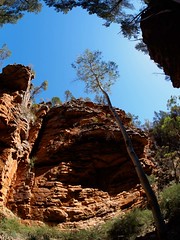Following from my previous post on use of the OM 21mm f/3.5 lens with my Canon 1DMIII, I thought I should show what can be done with this combination, a tripod and a Hoya R72 filter.
This lens on a Canon 1DMIII 1.3x crop sensor gives an angle of view of about 28mm in 35mm terms and its 49mm filter thread means you won’t go bankrupt buying large IR filters.
How do you create images like this?
As my Canon 1DMIII (like all current unmodified dSLRs) has a strong IR blocking filter, exposures in bright sunlight with a R72 filter requires long exposures such as 20sec at f/8, 100ISO.
This long exposure can be a blessing and a curse – it makes it tough in windy conditions to avoid camera movement, but it allows smooth water effects on moving water and blurred motion in leaves, while in street scenes, moving people magically disappear from your photo simplifying your image.
The IR filter is opaque to visible light so you need to compose and manually focus BEFORE placing the filter on, then adjust the focus to the IR point on the lens barrel to correct for IR light.
Note that if you use an f/2-2.8 lens on an Olympus dSLR camera in Live View with Live Boost ON, you can actually compose in bright sunlight but Canon do not have a Live Boost functionality so Live Preview is useless.
The next problem is that Canon’s light meter will not meter at such low light inputs so you need to resort to trial and error manual exposure, checking the red channel on the RGB histogram to determine the correct exposure.
Make sure you shoot in RAW mode for best post-processing results.
I then use a self-timer even on the tripod to reduce camera shake although for a 20sec exposure it probably is not needed.
Finally you get to play with the RAW files and there are a multitude of ways you can tackle this, in this image I adjusted levels then converted to B&W with a sepia toning.
Note that with digital infrared, the sky and water come out almost black, while leaves, and in this case green sea kelp come out almost white. Experiment with different lenses at different apertures as many will give central hot spots with IR, especially large aperture lenses.
Having this as an extra bow in your options enables you to try different things when all else is less than inspiring.
More of my digital infrared images are here.
More information on infrared photography can be found .



